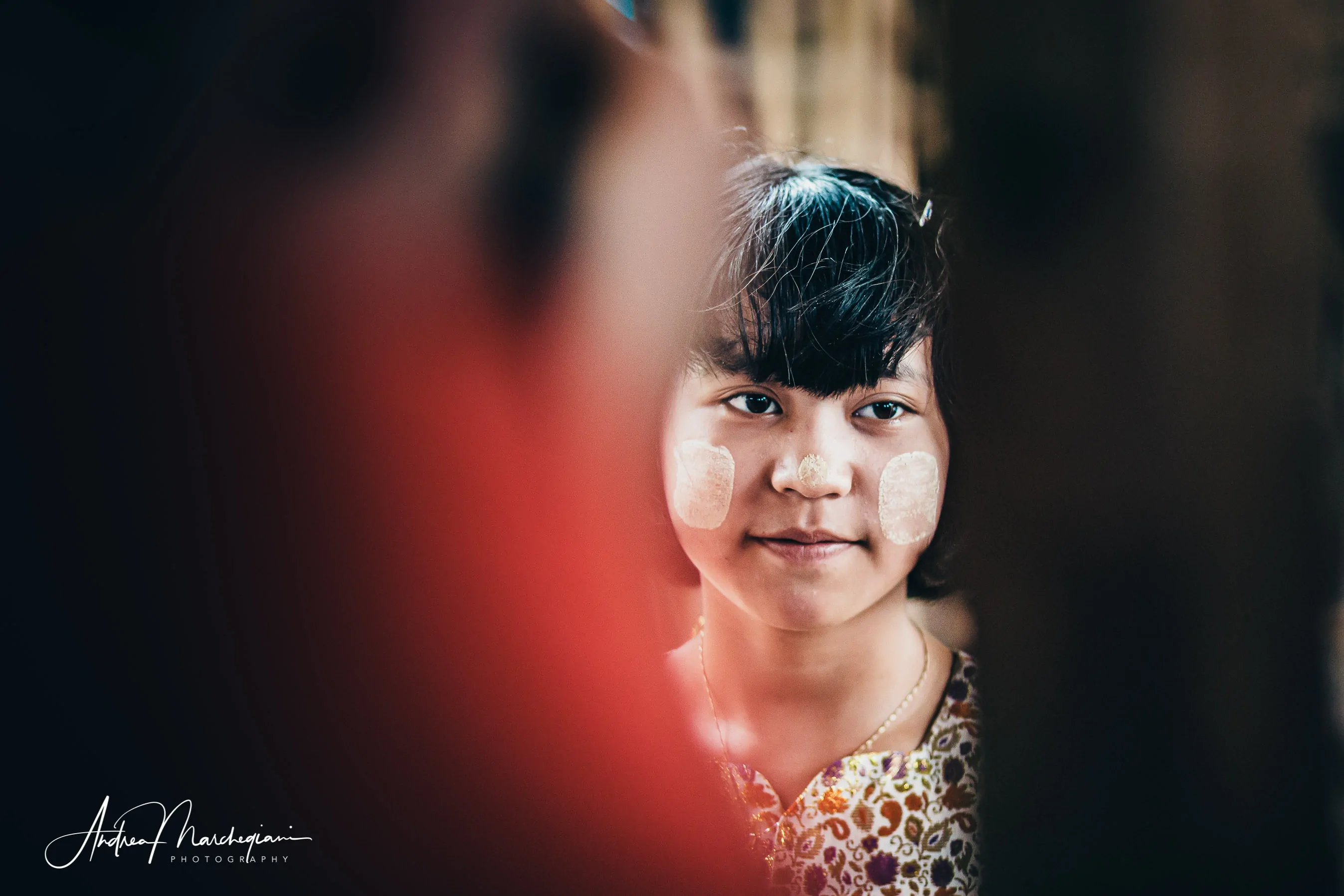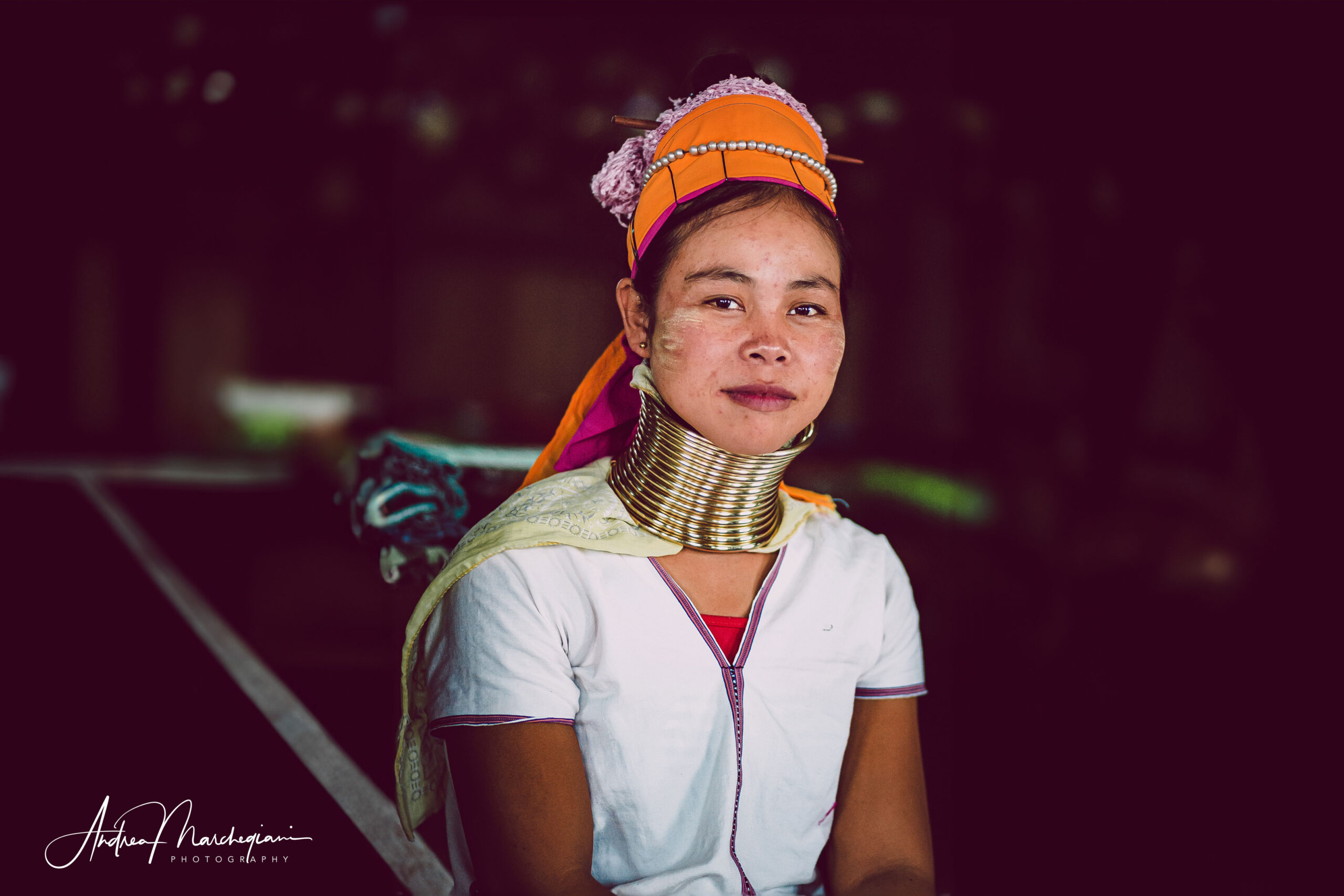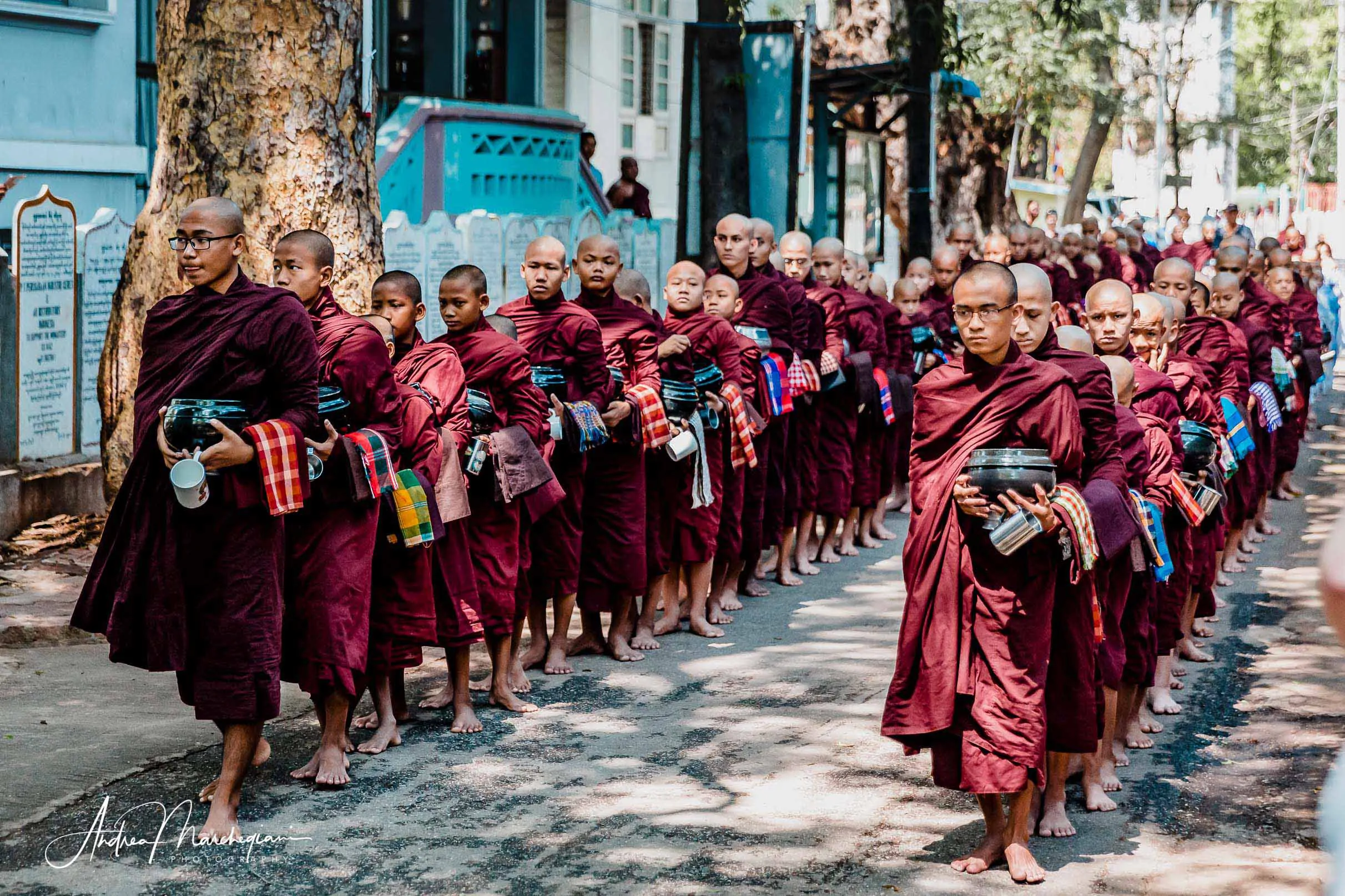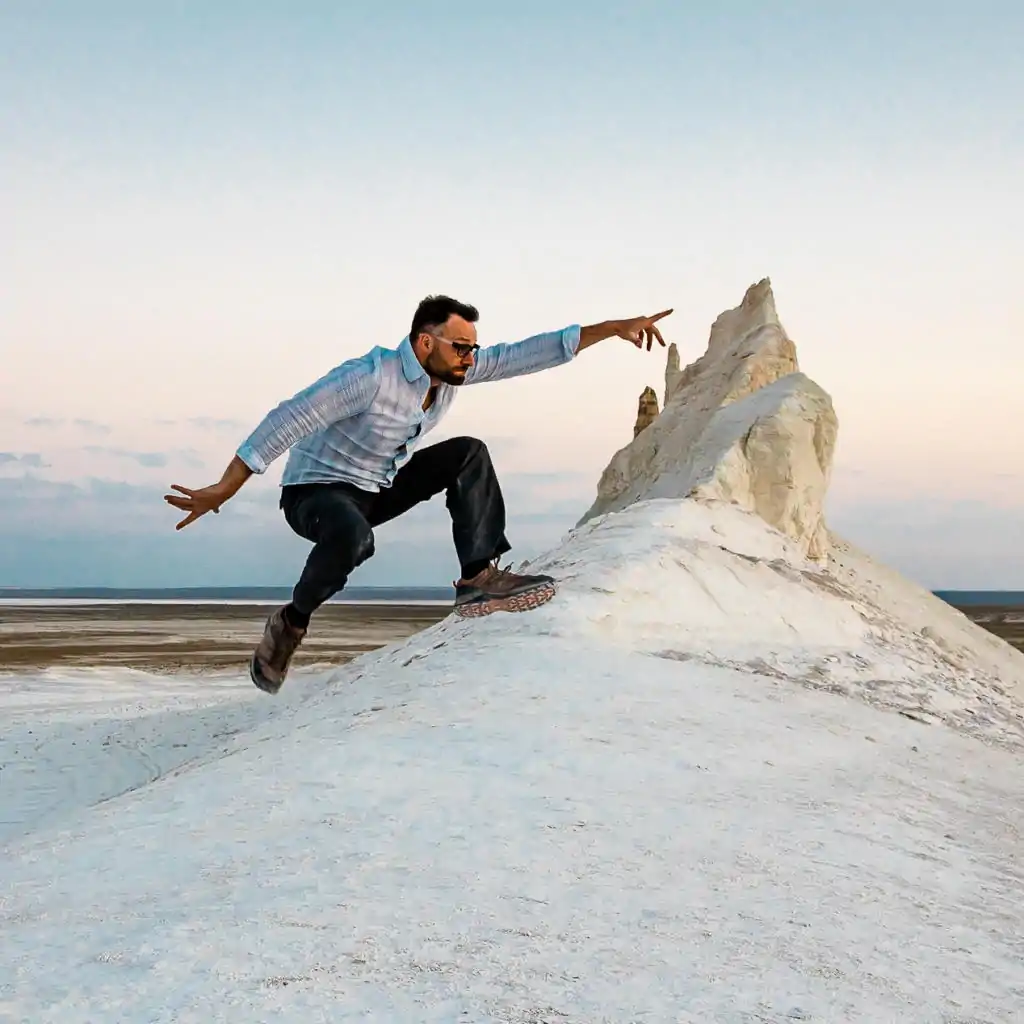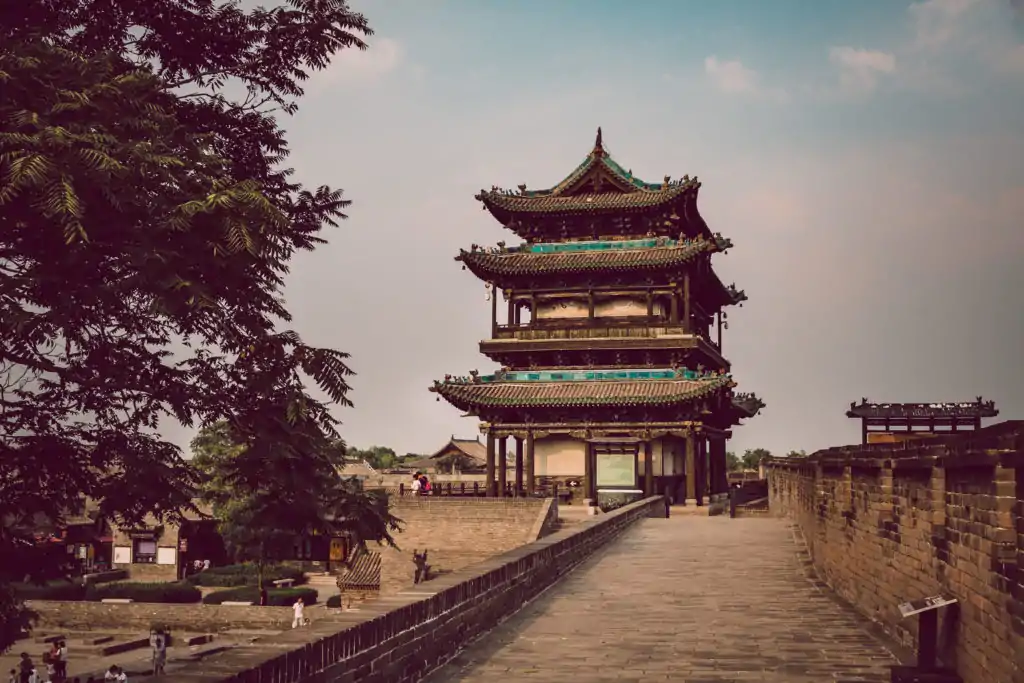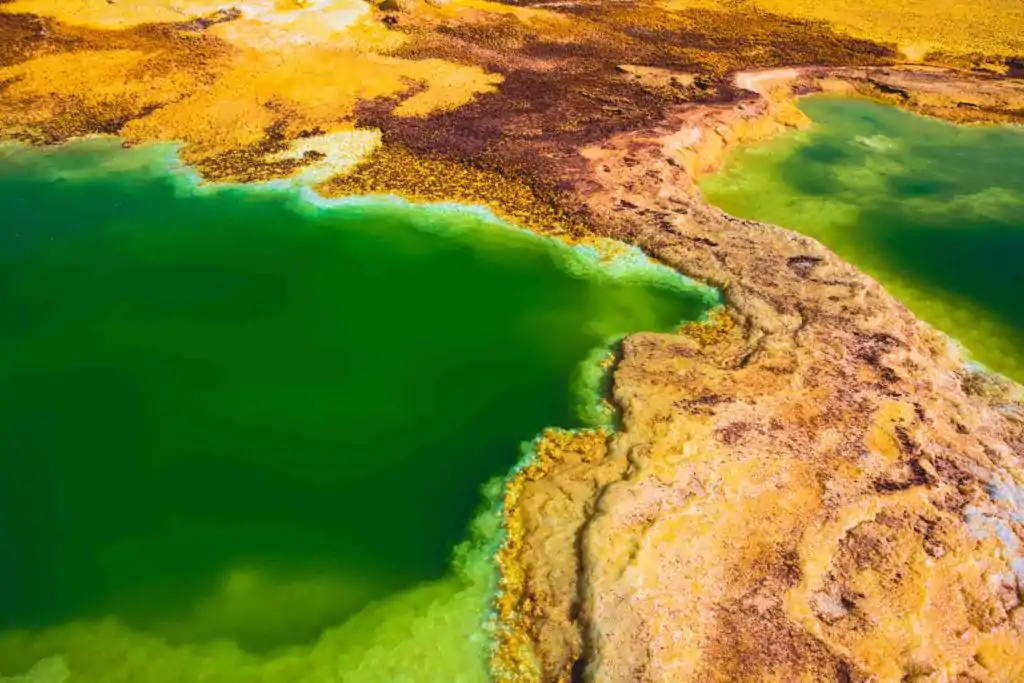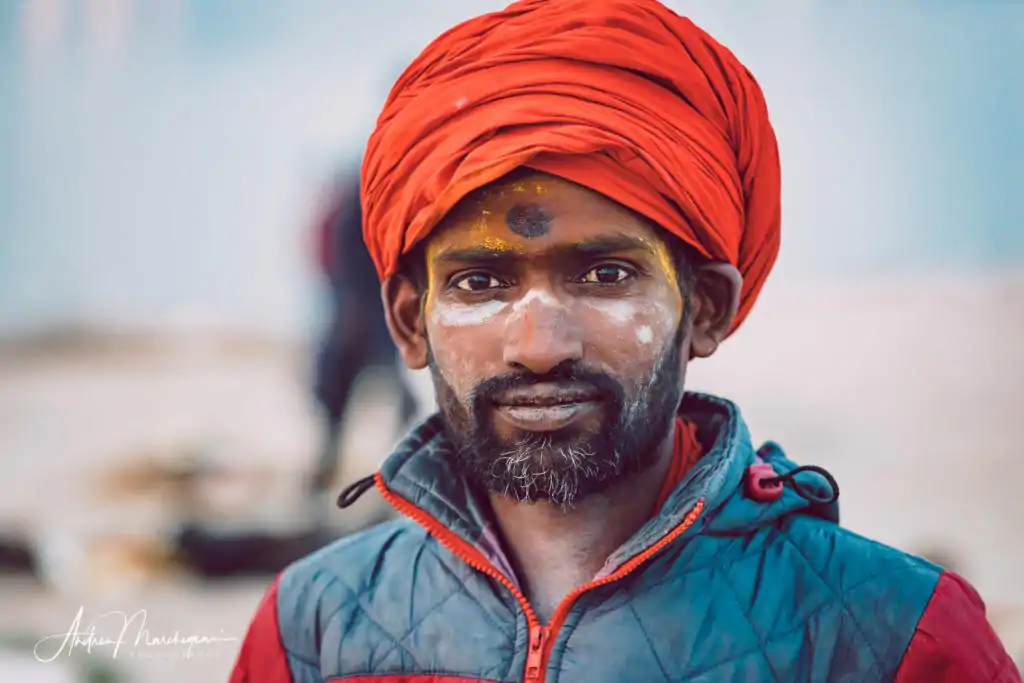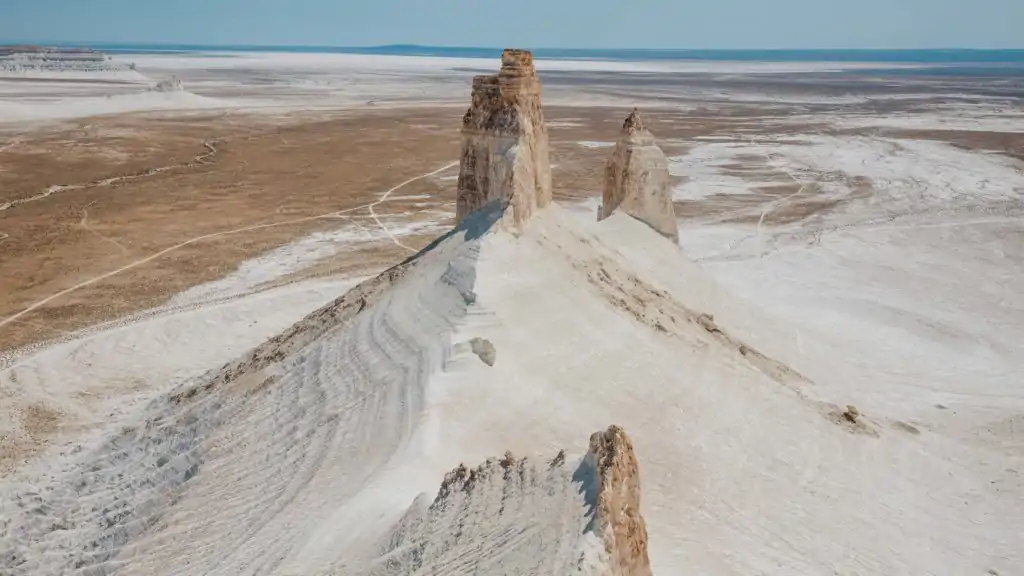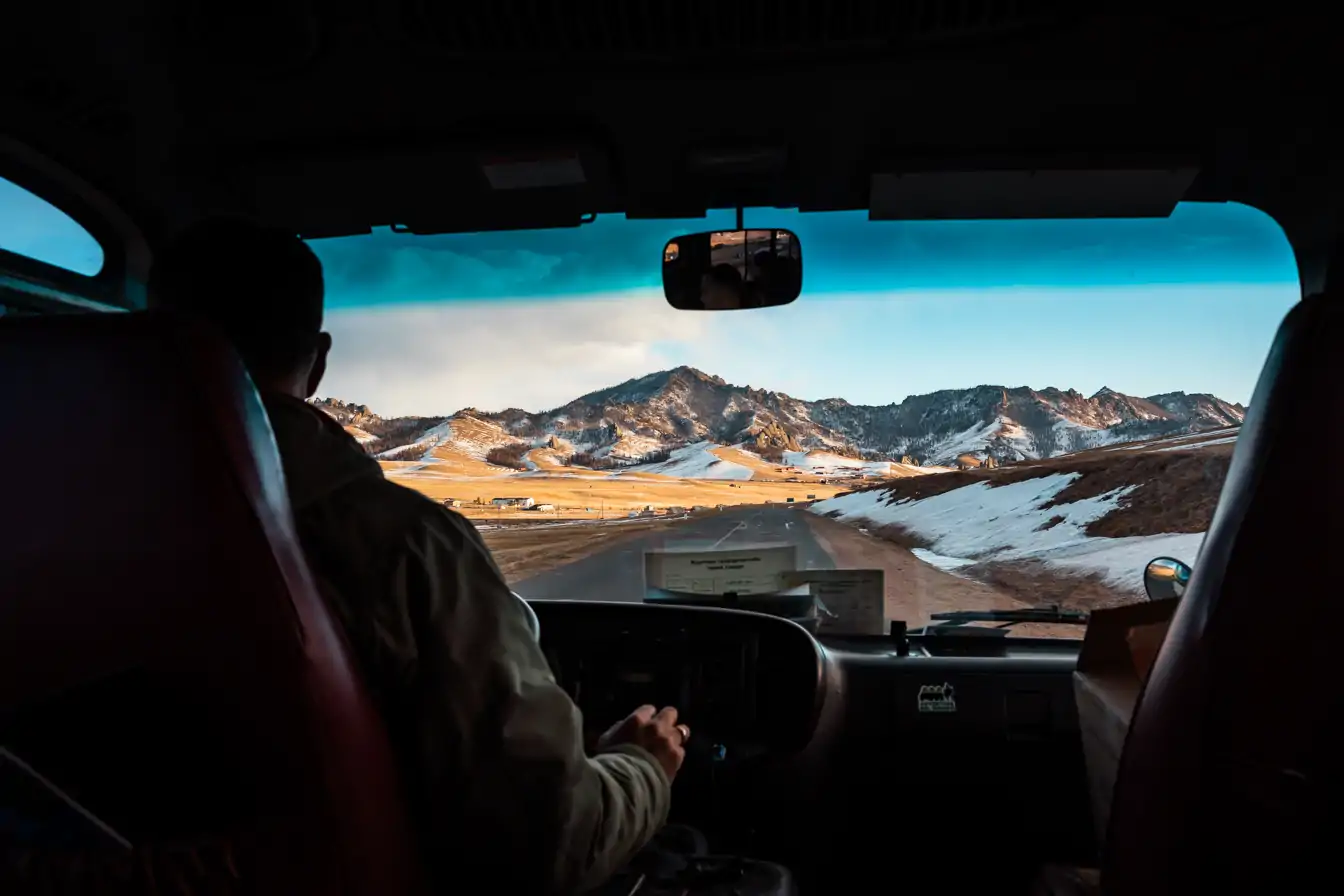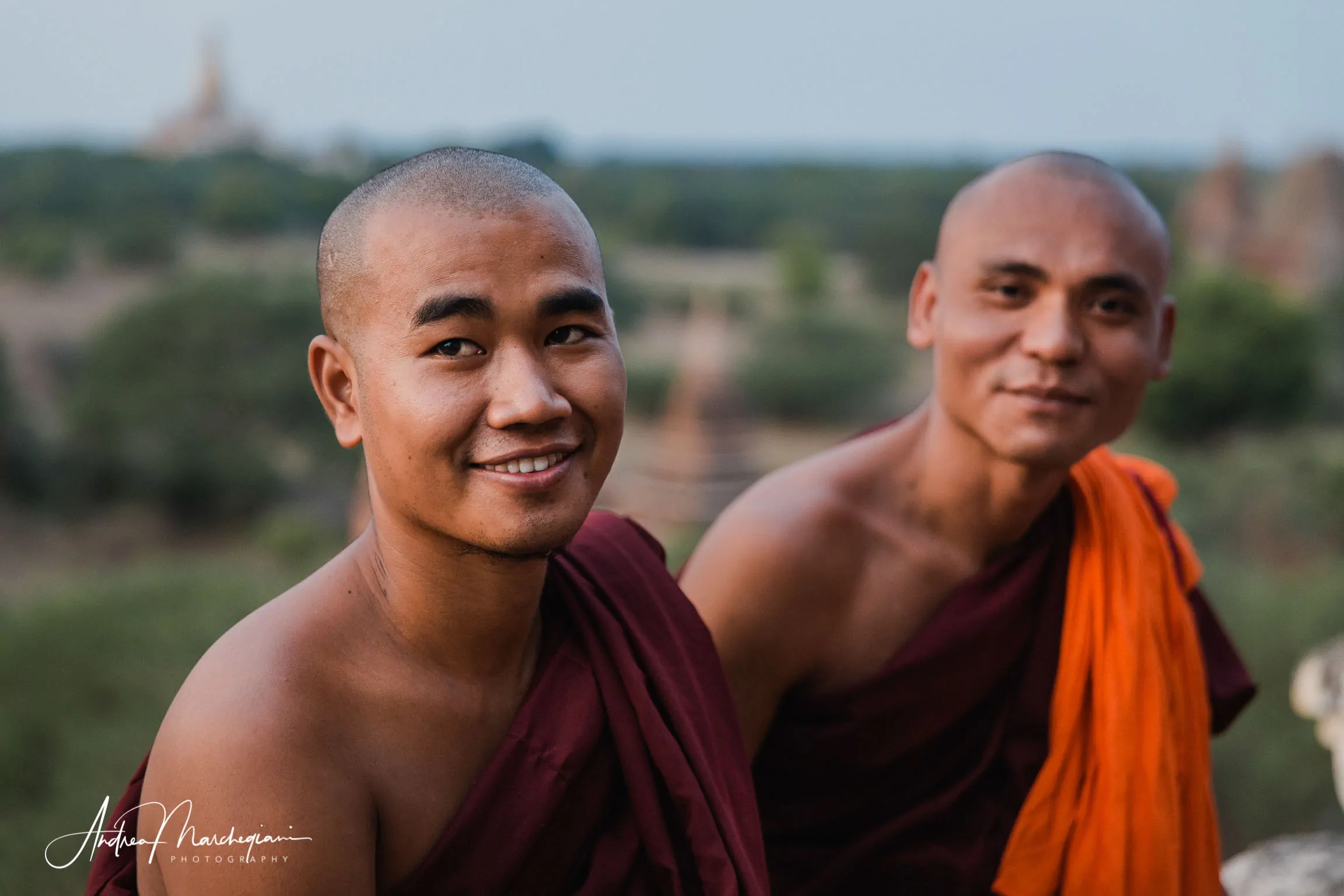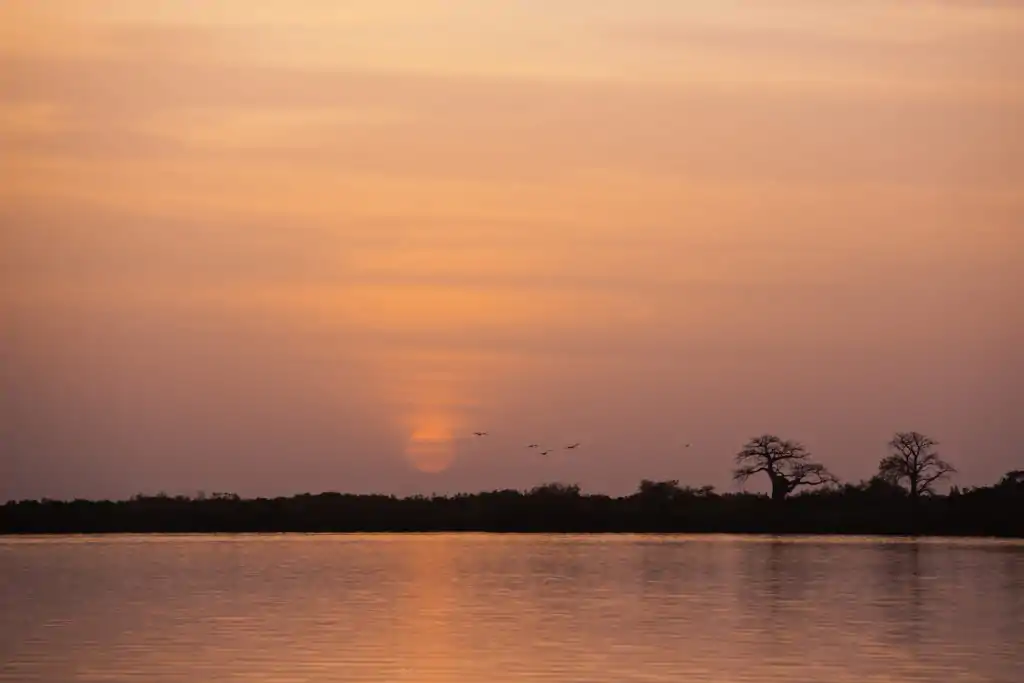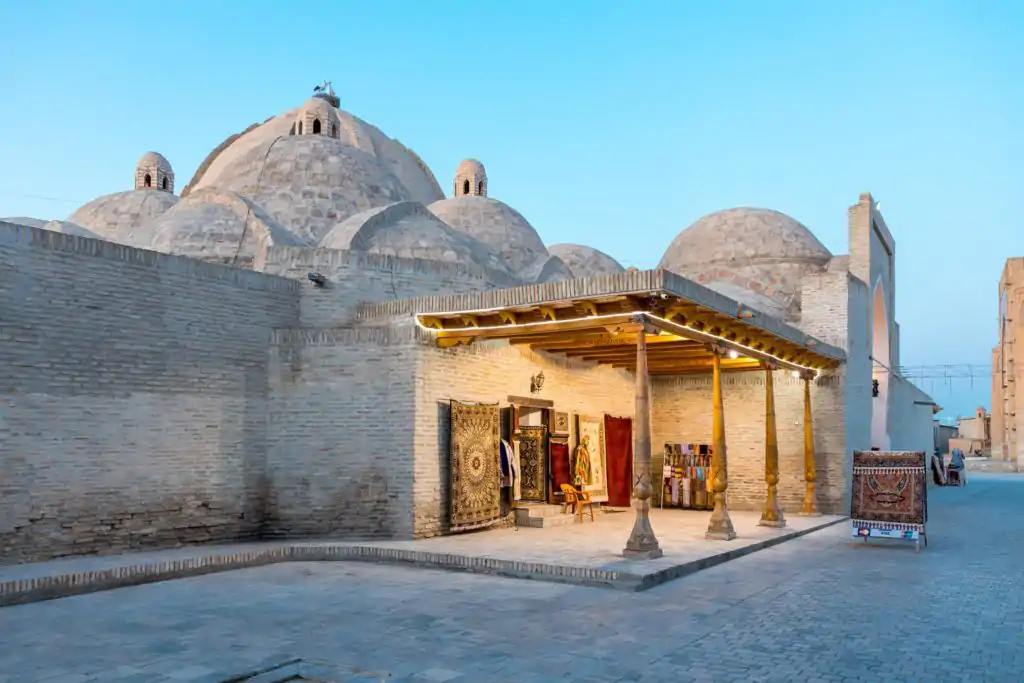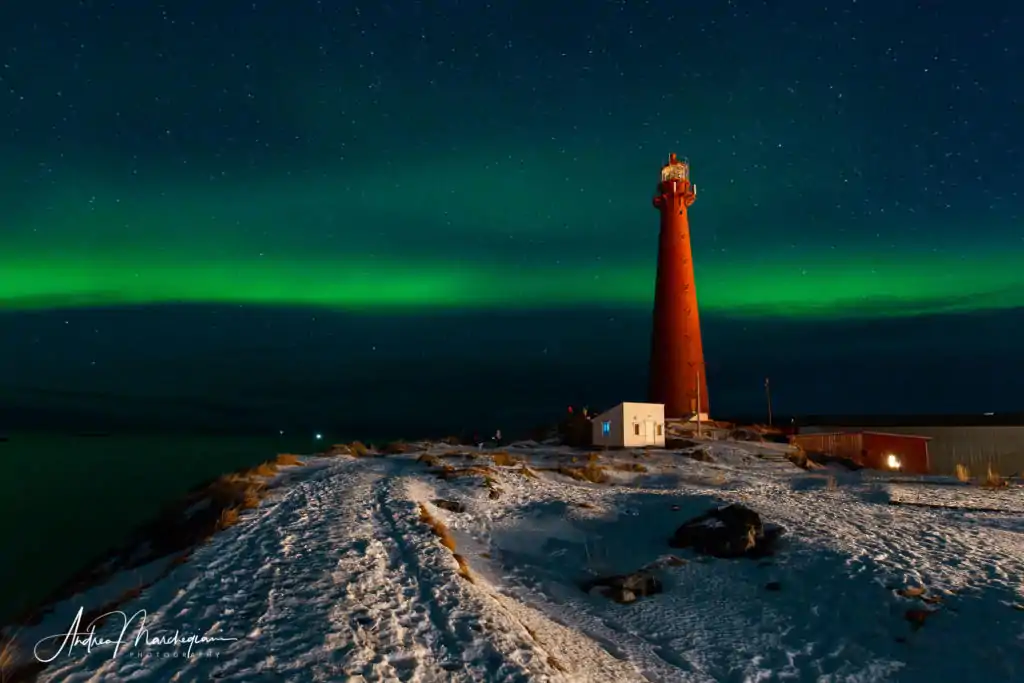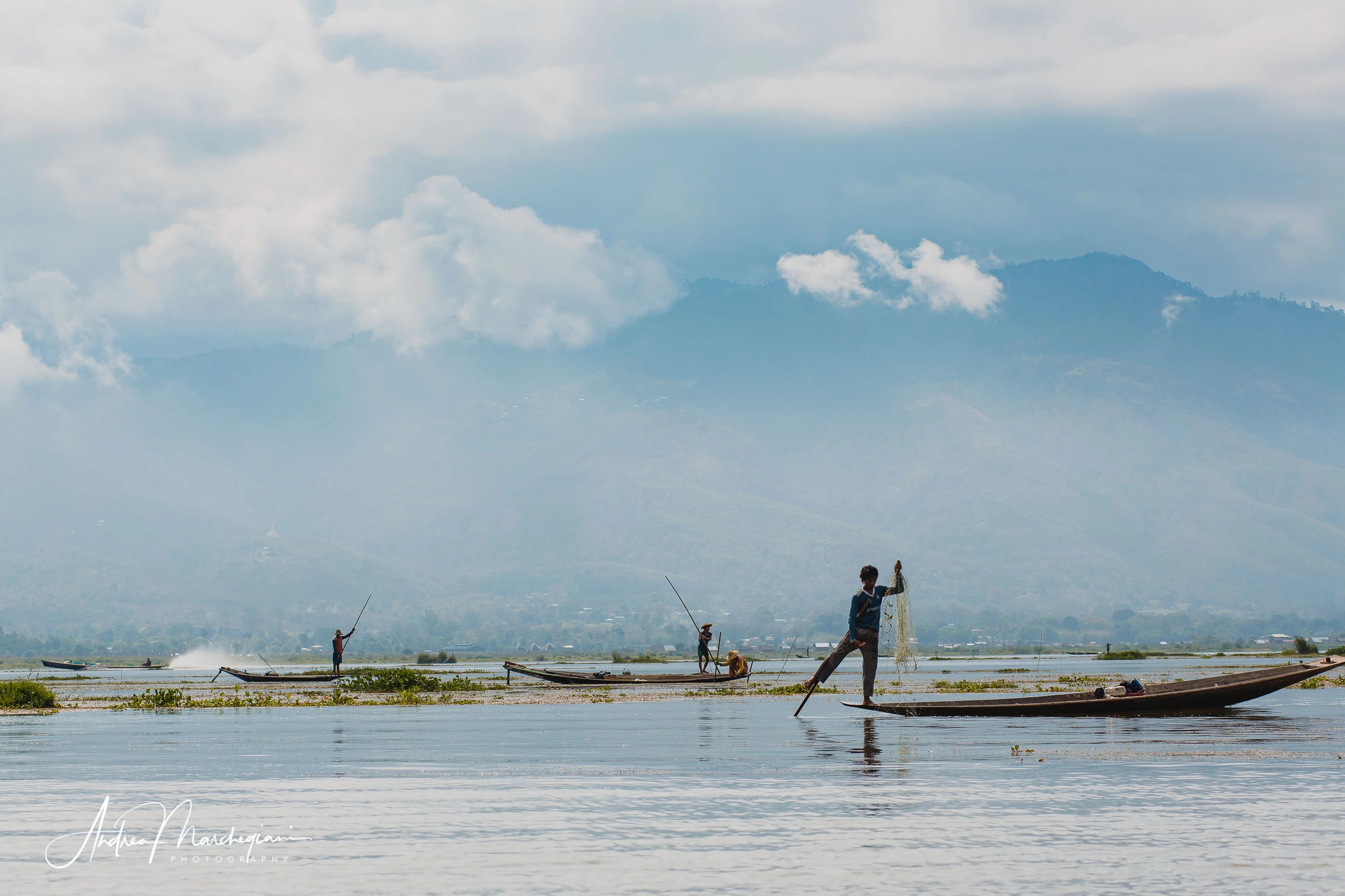
- Home
- Photo Galleries
- Portrait Photography
- Landscape Photography
- Street Photography
- China
- Ethiopia
- India
- Holy Ganges
- Varanasi
- Varanasi Ganga Aarti
- Varanasi, Manikarnika Ghat
- Varanasi Streets & Alleys
- Varanasi Demolition
- Varanasi Fruit Market
- Sarnath
- Brick Kilns
- Tamil Nadu, Chennai & Mamallapuram
- Tamil Nadu, Fort Tirumayam & Madurai
- Tamil Nadu, Tiruvannamalai & Thanjavur
- Kerala, Munnar
- Kerala, Peryiar
- Kerala, Backwaters
- Kerala, Kochi
- Kazakhstan
- Myanmar
- Senegal
- Uzbekistan
- Travel Blog
- China
- Ethiopia
- India
- Tamil Nadu & Kerala
- Varanasi
- Whato to do in Varanasi
- Varanasi Life along the Ghats
- Varanasi Death along the Ghats
- Varanasi Ganga Aarti Ceremony
- Varanasi demolished to honor Shiva
- Varanasi Fruit Market
- “Varanasi, A Journey into the Infinite”
- Sarnath
- All about River Ganges
- Holy Shit. All about Indian Cow Dung
- Clean India Project
- Brick factories
- Tilaka, pundra, bindi: what is the mark on Indian foreheads?
- Kazakhstan
- Mongolia
- Ulaanbaatar, the coldest capital in the world
- What to do in Ulaanbaatar
- Chinggis Khan Museum, 6 floors of Mongolian history
- Gorkhi-Terelj National Park and Bodgkhan Natural Reserve
- Altai Mountains, Things to do in Olgii and Sagsai
- Living with the Eagle Hunters
- Sagsai Eagle Festival
- Navrus Festival
- Xöömej, Mongolian throat singing
- Mongolian Food
- Myanmar
- Senegal
- Uzbekistan
- Latest Posts
- Photography Blog
- About
- Prints
If you plan to travel to Myanmar and wonder if it is worth going, here are 10 amazing places that will convince you to visit the land of kindness. However, before you embark on your journey, obtaining
a Myanmar eVisa is important.
Share with your friends:
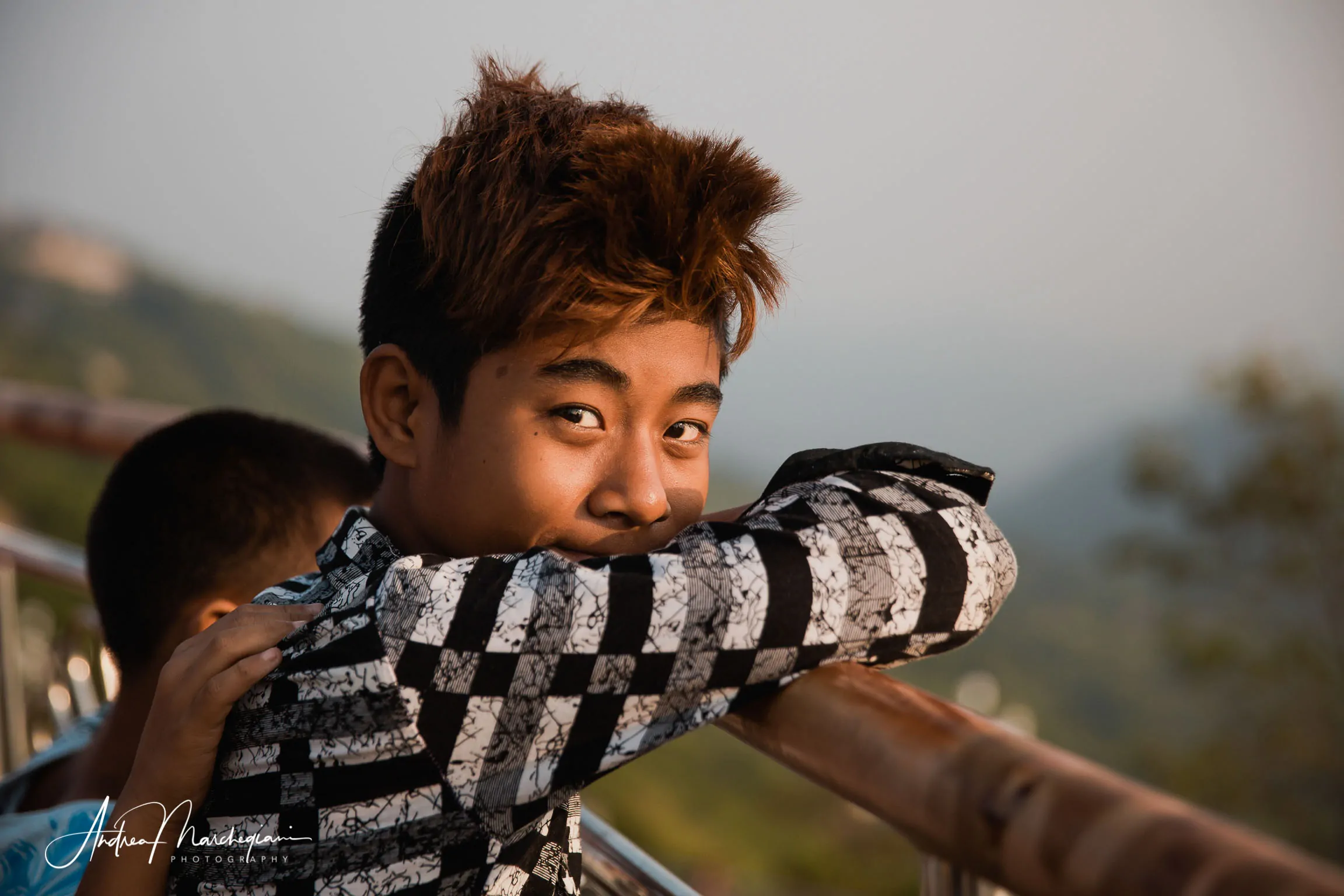
Of all the countries I have visited, Burma has been one of the most engaging on a human and emotional level: the enchanting views of its stupas and pagodas, the visual impact of the gigantic Buddha statues you can see everywhere, but most of all the kindness of Burmese people. All of these aspects made it impossible for me not to fall head over heels with Myanmar.
In short, Myanmar is the right choice if you are looking for a place where Buddhism guides everyday life choices. The respect and care you will receive will leave you speechless.
Best time to visit Myanmar
The best time to visit the country is during the dry season, between November and February. March and April are also a good option, though temperatures rise, and so are September and October, even if it is still pretty humid. I was there in April: I caught a couple of downpours but most of the trip the weather was serene.
What to see in Myanmar
There are many things to see in Myanmar. Even if you don’t have much time, try to include these places in your itinerary. My trip lasted 12 days and, thanks to the help of two domestic flights (which are really cheap), I was able to see all the most significant destinations. I put them in the order I visited them, because ranking them would be impossible!
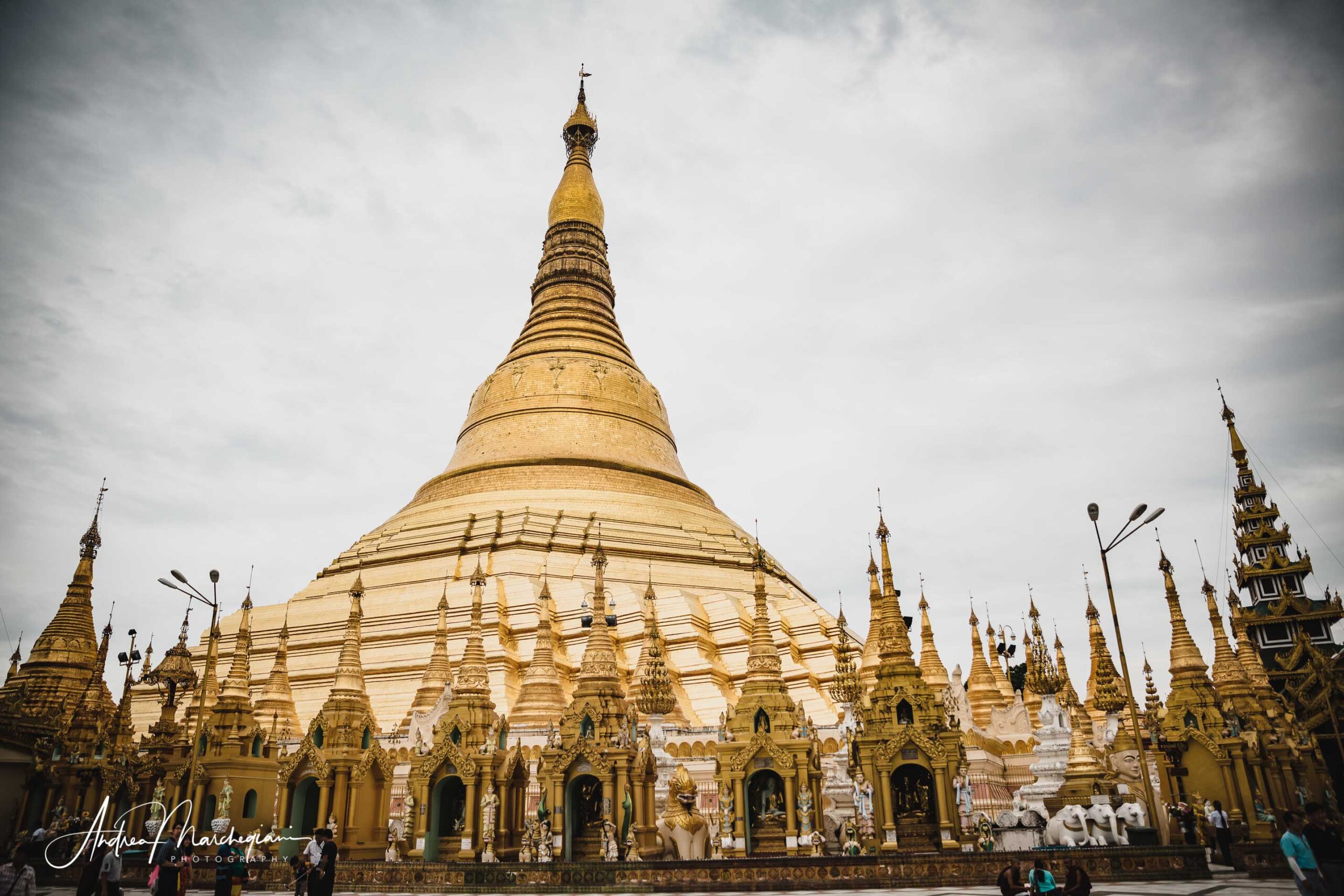
1. Yangon
Many of the cities you will visit in Myanmar have been in the past the capitals of the Burmese kingdom, which had a rather turbulent history. Yangon (or Rangoon) was the capital of Myanmar under the British rule from 1885 to 2006. It is the most populous city, the largest commercial center of the country and home to the Shwedagon Paya, the most beloved pagoda of them all. 98 meters high, it stands on the city and characterizes its skyline.
Legend has it that its large golden stupa is more than 2,000 years old and is so famous that all Burmese hope to visit it once in a lifetime. Here you will immediately notice two fundamental customs of Myanmar’s lifestyle: meditation and gold gilding, the habit of laying gold leaves on sacred monuments until they are completely covered. Not far from the pagoda, there is a giant statue of a reclining Buddha in Chauk Htat Gyi pagoda. You will see many more, but they will never cease to amaze you. This is 66 meters long and 12 meters high!
If you visit Myanmar in April, you might come across the Water Festival, the New Year’s Eve celebrations. In Myanmar they adopt a different calendar from ours: New Year’s Eve falls in mid-April and is celebrated with a week of water balloons warfare!

2. Inle Lake
From Yangon I take an internal flight to Inle Lake. It’s like entering a parallel dimension. The lake regulates every aspect of everyday life: you can admire the floating vegetable gardens, fertile all year round, and the way Intha fishermen lead the boats keeping their balance on one foot. You can buy the famous lotus silk and see how it is woven in traditional speening wheels, you can meet the famous giraffe women of Padaung tribe. I had decided not to go to their village, not to encourage a tradition which disturbs me in many respects. But giraffe women were also present in local craft shops and their serene smiles reassured me.
Finally, if you can, stop to sleep in one of the hotels stilts, otherwise you will regret it forever.
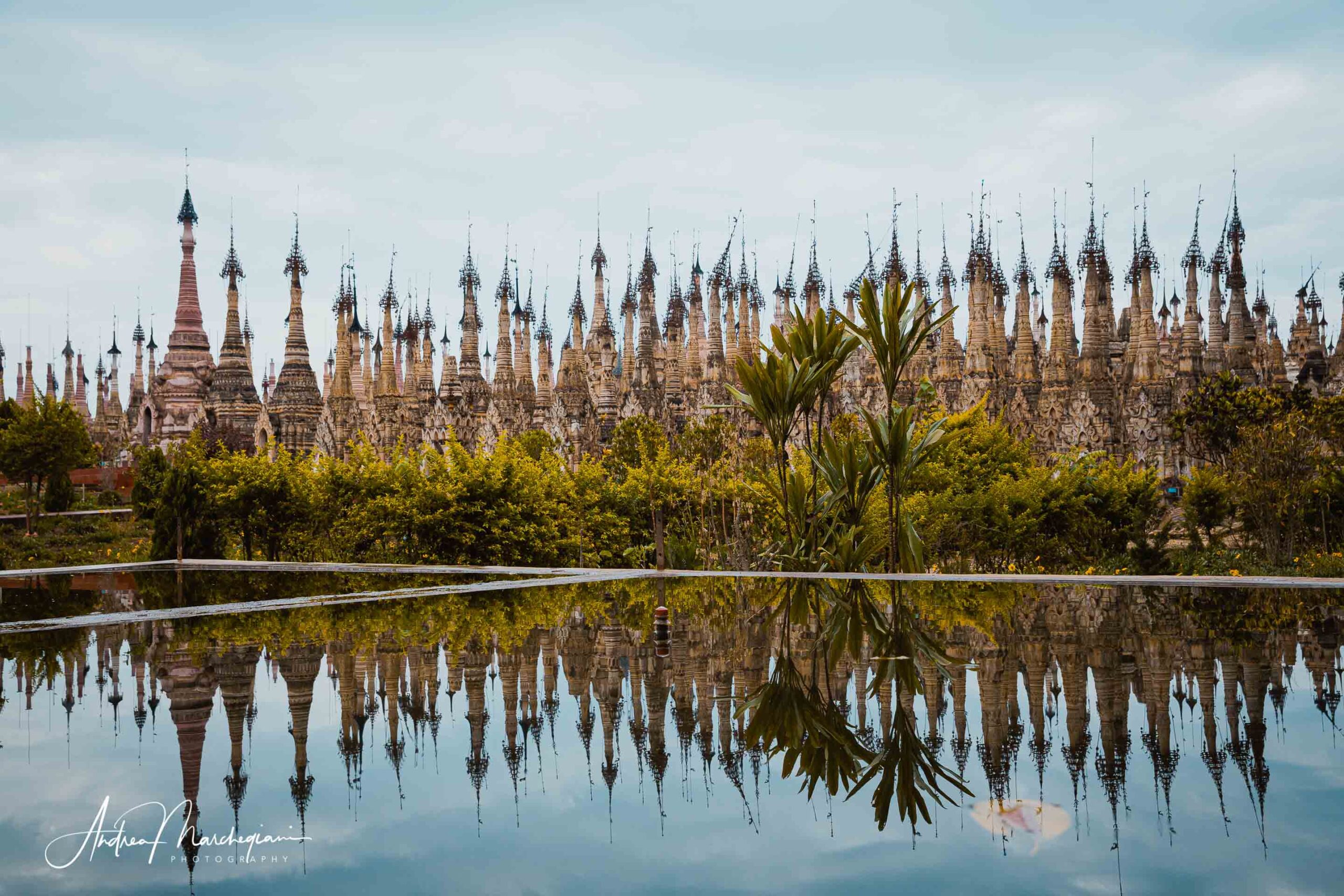
3. Kakku
About 3 hours from Inle lake and reachable by bus, Kakku Shrine amazes with its 2,000 pagodas arranged in orderly rows. A real maze of stupas where you meet hundreds of Buddha statues, all smiling, while the sound of the bells hanging from the spires lull the spirit and facilitate meditation. It is a site open to tourists only a few years go and is still little crowded, so it is a magical place to meet pilgrims who go to visit the shrine.
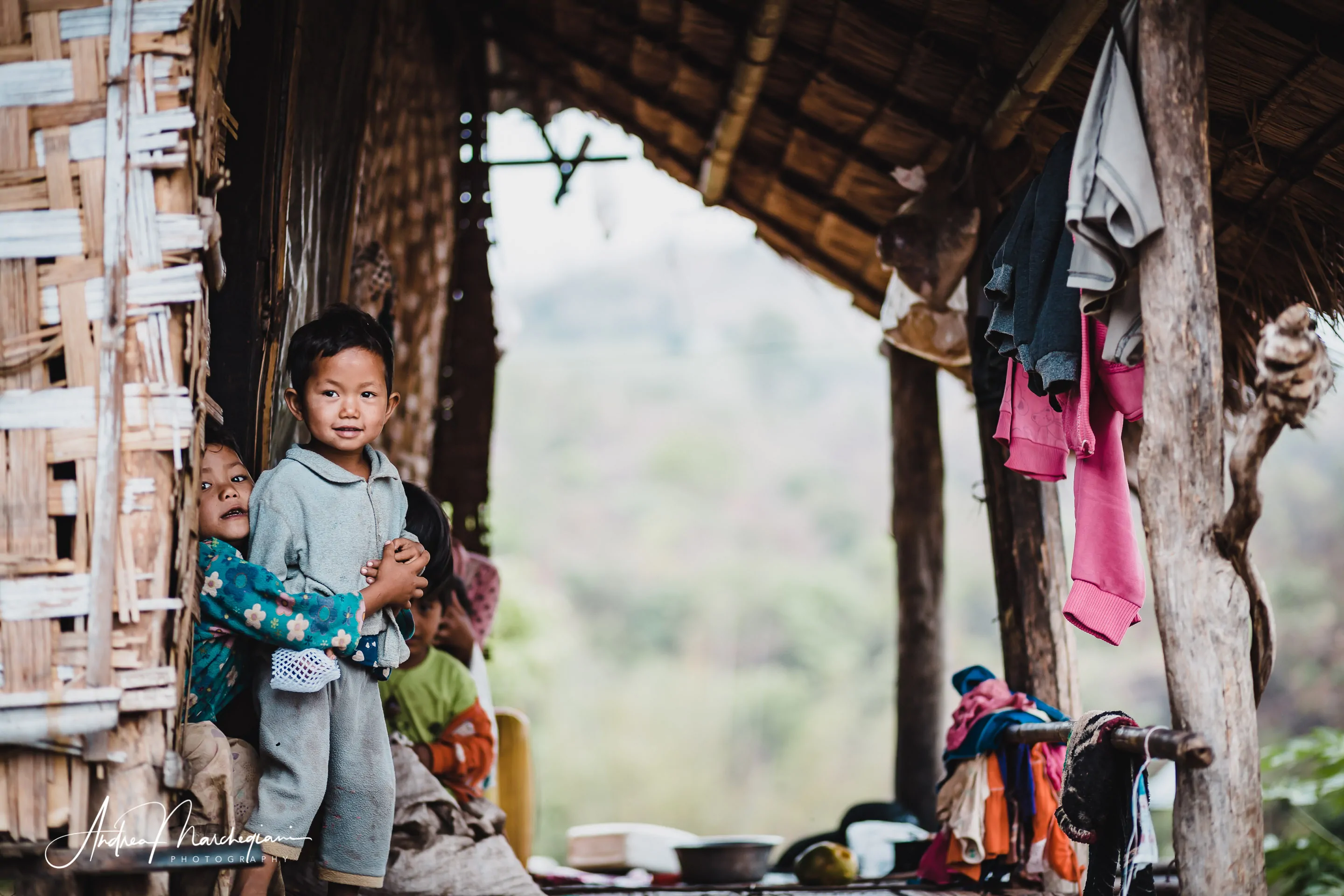
4. Pa'o People
If you have enough time in Myanmar, book a trek to explore the eastern area of the lake, where the mountains offer beautiful views. Here live the Pa’o people, a very hospitable and reserved ethnic group of Tibetan origin. Legend has it that they are the children of the impossible love between an alchemist and a female dragon: they live on agriculture and live in bamboo huts located on muddy paths. Surely you will meet many women with thanaka, the traditional yellowish powder they paint their face with to protect it from the sun.
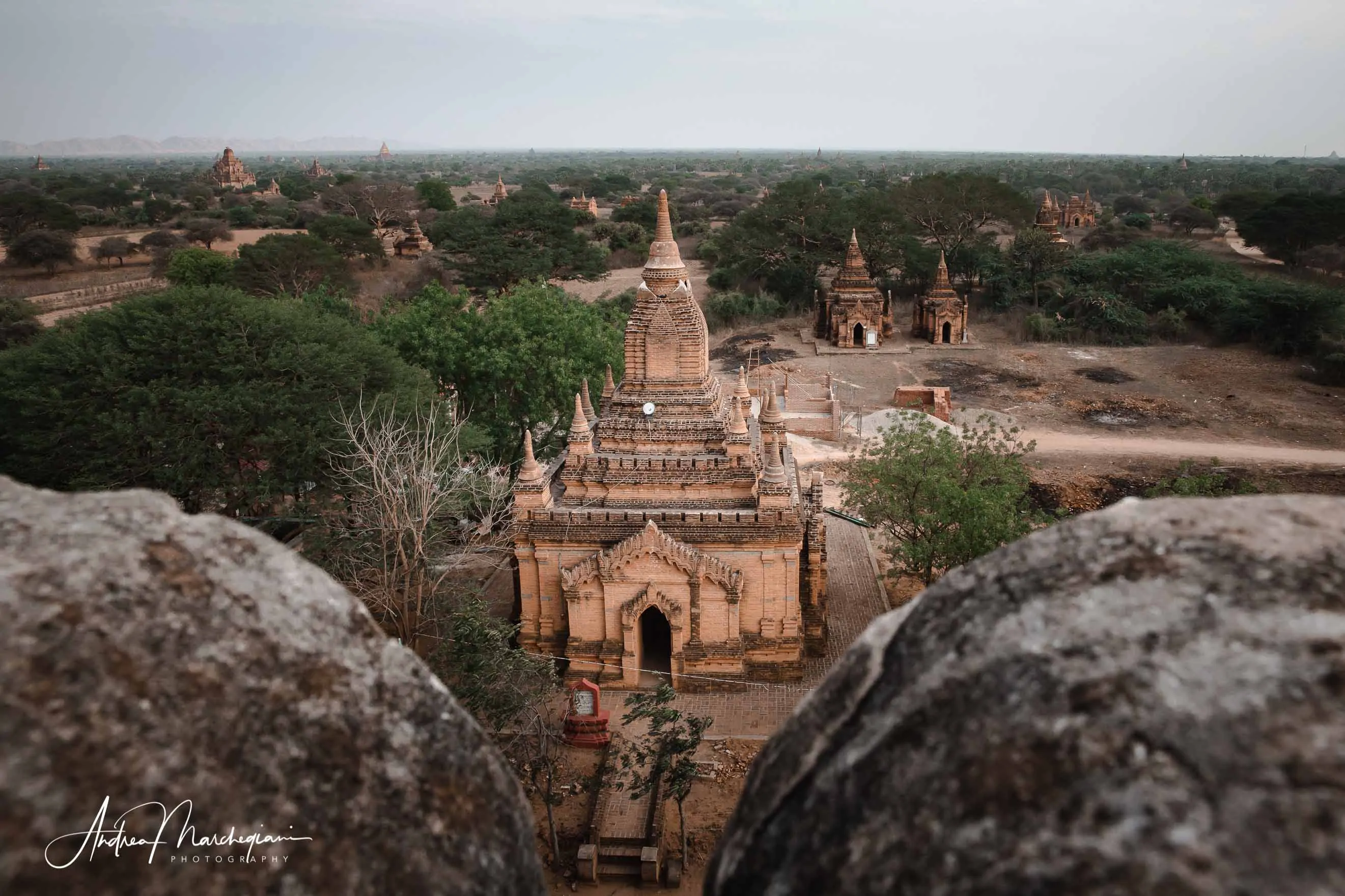
5. Bagan
I take a detour on the road to Mandalay and spend a couple of days in Bagan, in the center of Myanmar. With an archaeological park of over 40 square kilometers, Bagan will enchant you! When the country converted to Buddhism in 850 AD, the area became a pilgrimage destination and the kings built thousands of pagodas and stupas. Hop on a horse-drawn carriage and get lost in the plain, or book a balloon flight and enjoy the view from above. There are few places in the world so charged with spiritual energy: watching the sunset from the top of a pagoda will thrill even the most skeptical.
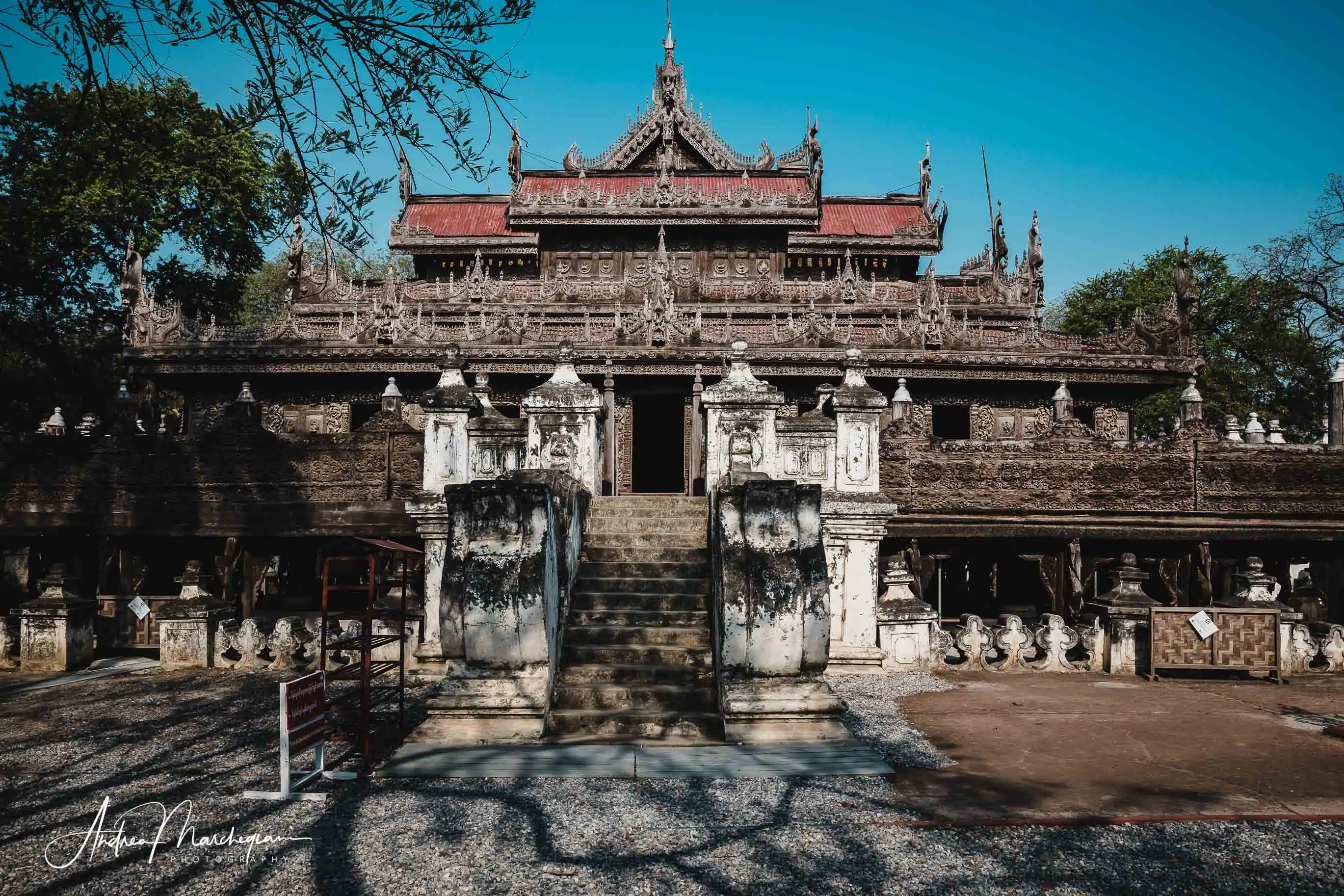
6. Mandalay and surroundings
Mandalay is special for many reasons: the lovely view of the city from Mandalay Hill, the Royal Palace and the Golden Palace Monastery (the only teak wood spared after World War II), but most of all the presence of 4 ancient historical capitals in its surroundings: Ava, Amarapura, Sagaing and Mingun.
If you have little time, make sure to visit at least the first two.
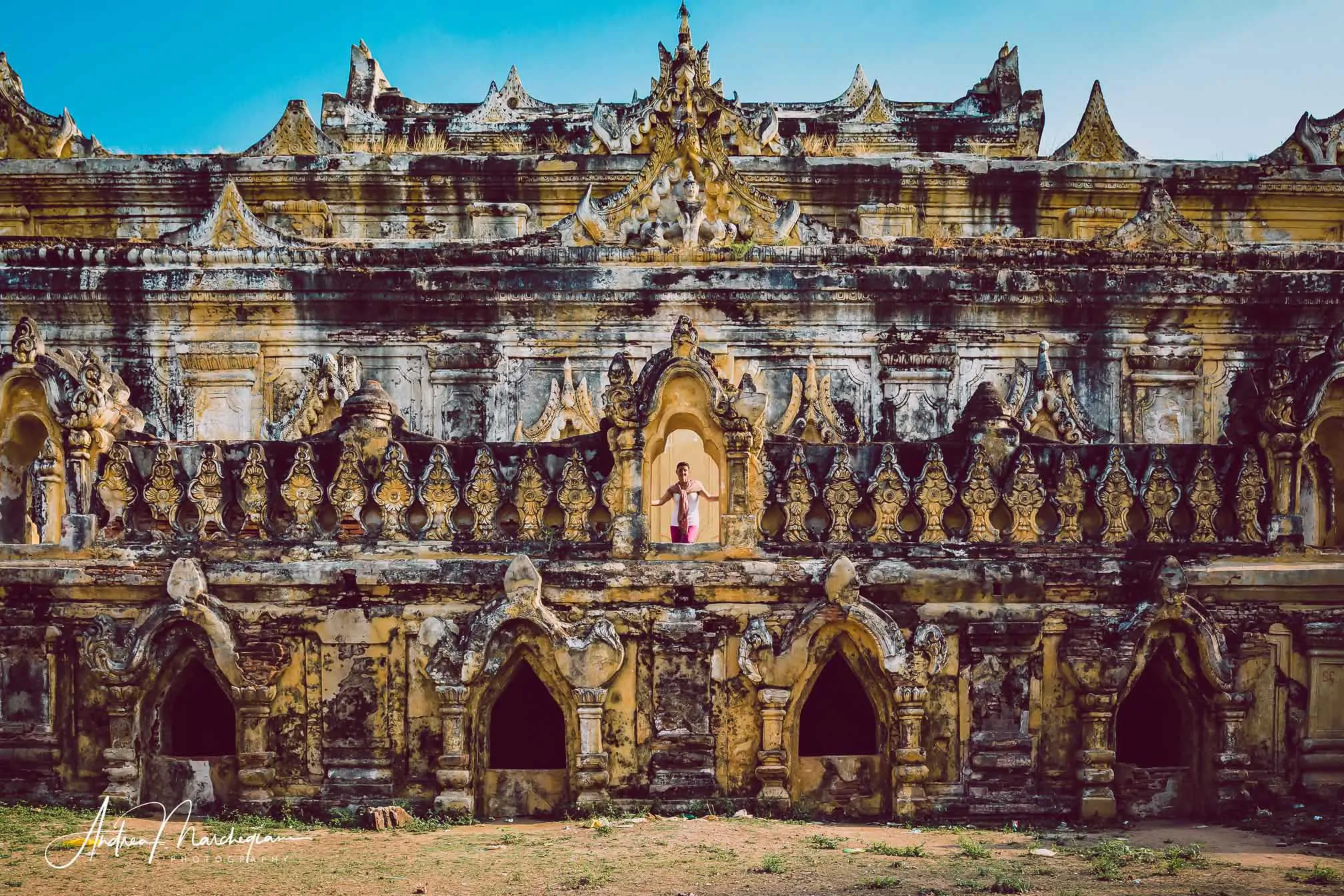
7. Ava
Ava is an enchanted place, where the ruins of the city have been embraced by the surrounding nature. What once was the capital of the kingdom is today a small fishing village, Innwa. You can tour the area in a horse-drawn carriage and you will be fascinated by idyllic scenes of everyday life: ancient royal monasteries interspersed with palm groves and fields plowed by horses, statues of buddhas lost in the forest and women washing their clothes along the river. Simply not to be missed!
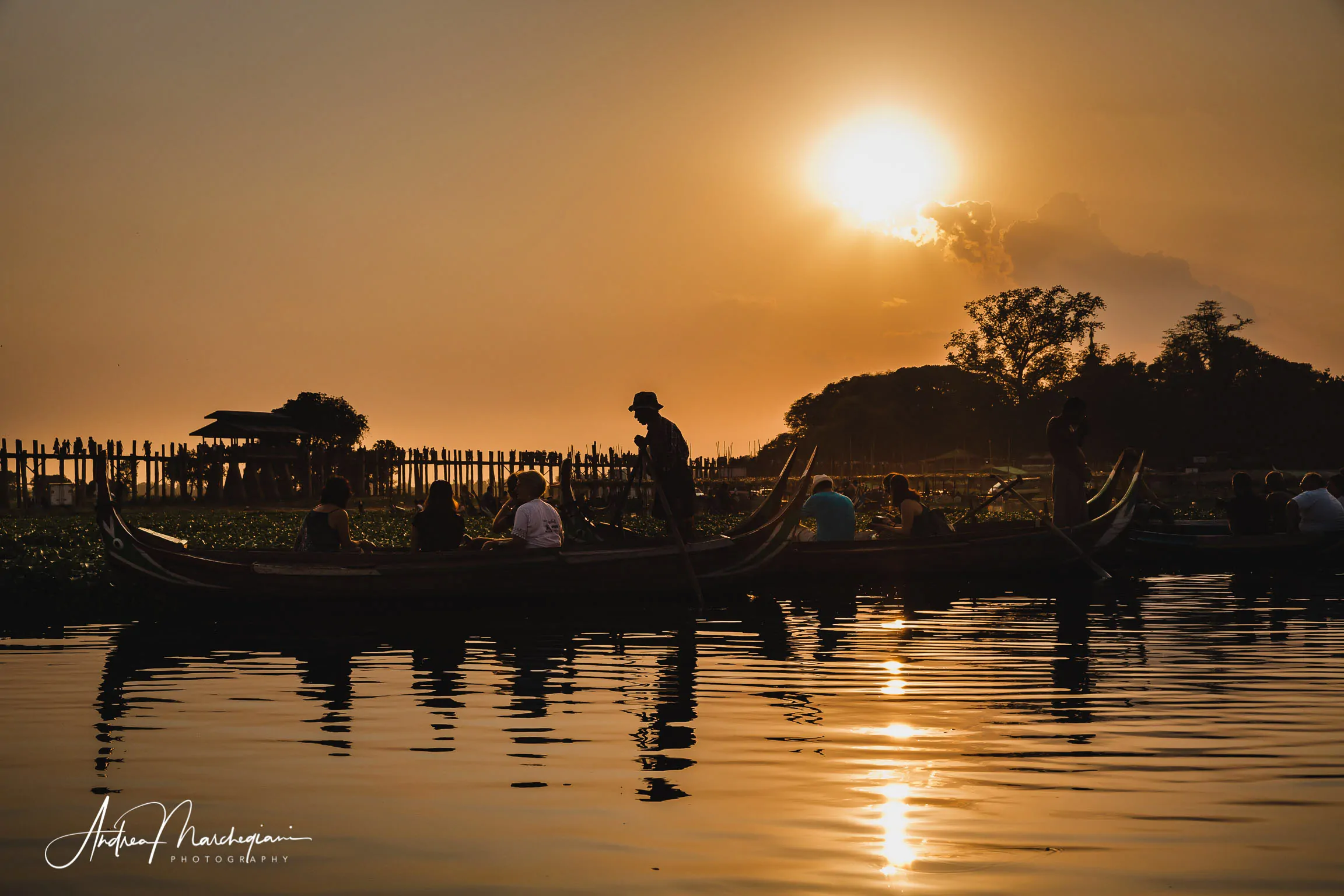
8. Amarapura
Amarapura is home to the famous Mahagandayon Monastery, the country’s largest center of religious studies. Here I had the opportunity to attend the ritual of the monks’ lunch, an event that characterizes the social life of all Myanmar. Every morning at dawn the monks ask for offerings in the houses of the village, then they gather at the monastery to have lunch together. It is very important to attend the event (it does not necessarily have to be in Amarapura), but please do it with the utmost respect and especially in silence. Don’t get carried away taking a thousand pictures. Be respectful!
Amarapura’s main attraction is the UBbein bridge, one of the longest wooden bridges in the world. It was carved from wood once constituting Ava Royal Palace and serves to connect two small villages rising on the sides of Lake Taungtaman. As often happens in Myanmar, valuable materials are recycled to improve the lives of ordinary people!
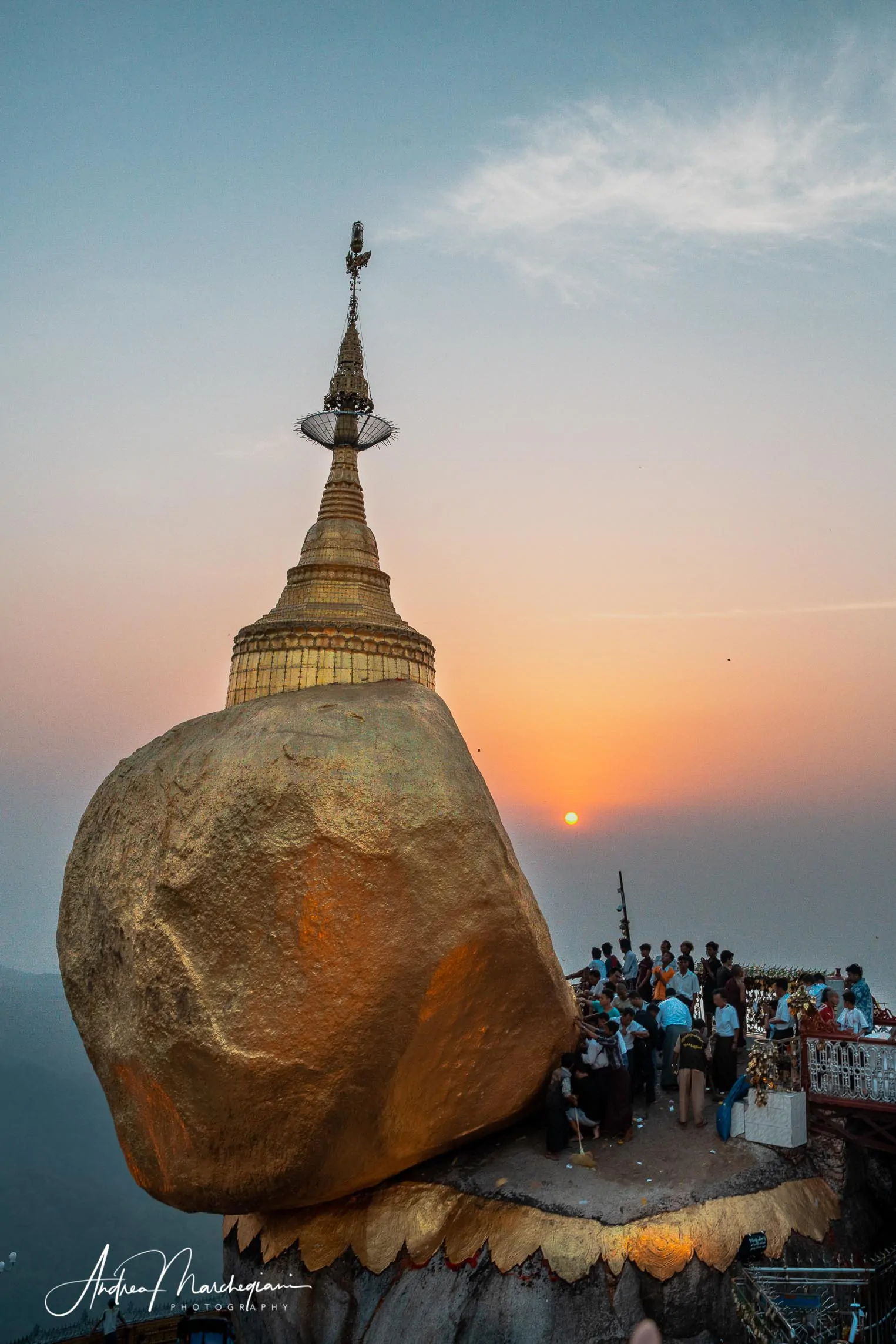
9. Golden Rock
From Mandalay I take a domestic flight back to Yangon. From here, I set off for a destination that might be a bit uncomfortable to reach, but essential to visit: the Golden Rock. On top of Mount Kyaiktiyo, there is a rock hovering over a ravine. It always seems on the verge of falling, but in reality it is well anchored to the ground. The legend says that it is balanced on a hair of Buddha. For this reason, it is one of the most important pilgrimage destinations of Myanmar. There are no words to explain the intensity of the experience you will live by going to the Golden Rock: you go there on a truck full of faithful and you spend the night with them in meditation. The rock is entirely covered with gold and at sunset it seems to shine with its own light. A spectacular place, made famous all over the world by Steve Mccurry’s photographs. Do not go back home without seeing it!
10. Bago
To reach Bago, it is necessary to make a detour on the road back to Yangon. The city was once – guess what? – the capital of Myanmar. Bago was born on the bed of Pegu River and is worth a visit because it houses the Shwemawdaw Paya, with the highest stupa in the country, and a giant statue of Buddha placed in the open air, at the edge of the forest. Moreover, it is said that men of Bagu are the most gallant of Myanmar! Then visit the Snake Pagoda, home to a centuries-old giant boa that Buddhists believe to be the reincarnation of a monk. Do not miss the local market, where you can taste small roasted birds and fried locusts… typical Burmese street food!
Currency Exchange in Myanmar
If you read so far and fell in love with Myanmar, it’s time to visit it! One last tip: it is important to respect the indications they will give you for the currency exchange. In Myanmar there are no ATMs and the credit card is unusable. You will be asked to land in Myanmar with cash, exclusively dollars, the whole in perfect condition. Believe me: a small fold on a banknote is enough to be denied the change.
Have a good trip!



